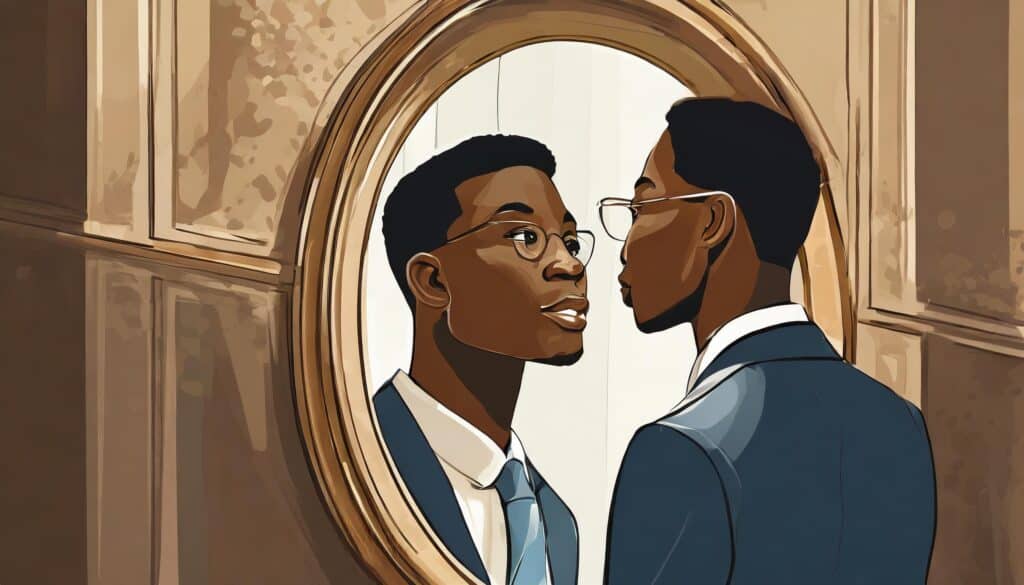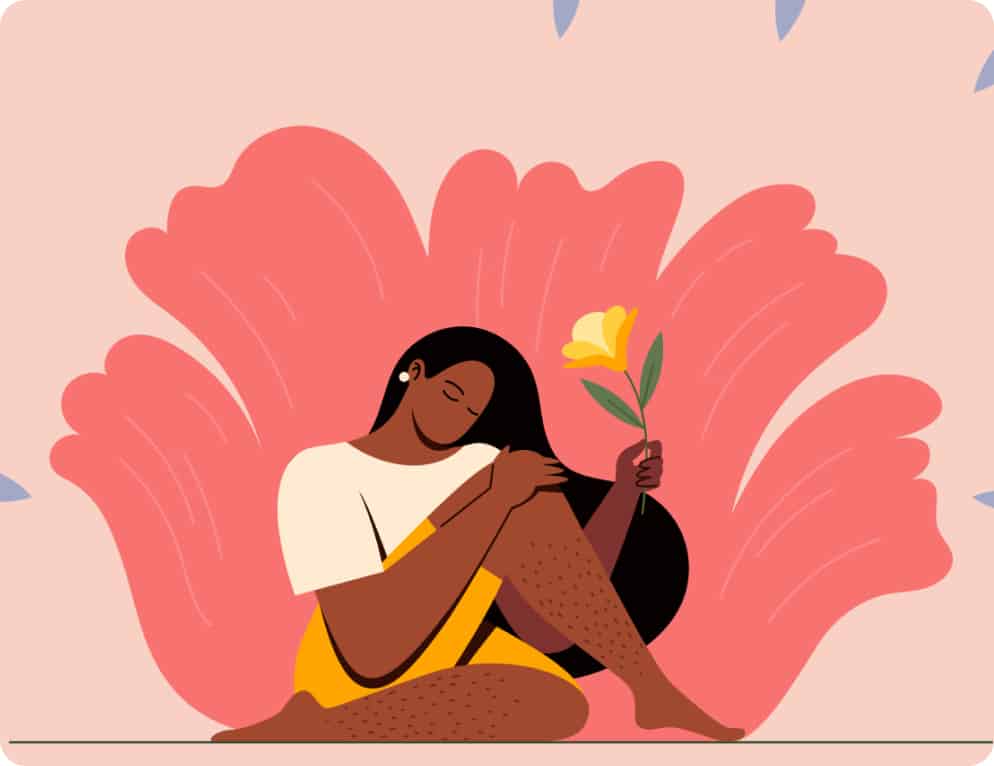Activity
When you feel ready to begin…
Get present:
– Take a few deep breaths in and out.
– Remind yourself that whatever unfolds during this time is honorable.
Now that are you present, let’s begin…
All people hold different identities, also known as parts within themselves. A part of healing ourselves is creating space for parts of us to be seen, nourished, and ultimately better integrated into the whole self.
Trauma can fog and fragment our mind when it comes to how we see ourselves. Attention and awareness towards how we see ourselves–all of parts– can offer great clarity and strength.
If you have experienced sexual harm or non consenual touch, you are more than just a victim or survivor of that experienced. Before, during, and after that experience, you were a human being, someone’s child, a maker of things, and much more. In this short writing exercise, you will take full stock of all of your parts. Spending quality time holding each of them with compassion, you will also be invited to imagine what it feels like to integrate your parts into the whole of who you are.
Activity:
On a blank piece of paper, draw 5 clouds around the perimeter of your page. Then draw 5 circles inside the perimeter of the clouds. Please note, your circles and clouds should be big enough to write in. In the center of your page, draw yourself. This drawing can be as simple or elaborate as you like.
With your page set up, in the five circles, write down four other identities you hold within you.
It’s perfectly normal if you are feeling stuck here. Be patient with yourself and create room to explore this more deeply.
Consider setting a 2 minute timer and reflect on who you are. On a separate piece of paper, complete the sentence, “I am….,” repeat as many times as you can. Your identity list might include your role as a sibling; friend; truth teller; grower/ land steward; dancer; storyteller; cook ;ally; student; teacher; public servant; a global citizen; a child of God; a thriver, etc. Before you start the timer, take an intentional breath and notice how your body feels. Start the timer when you feel most grounded and find your flow. Write as many identities as you can before the timer goes off. Then choose four identities that mean the most to you and write them in your circles. If you have less than four that’s okay; it’s ok to phone-a-friend and ask for help.
In each thinking cloud, write out an appreciation or affirmation for that identity. For example, you might have “friend” in one circle, and in the thinking cloud next to it write out, “I love your generosity and compassionate spirit for holding people. Your humor is healing.”
To take this a step further, imagine what a conversation between your identities could look like. What might your inner friend say to your inner survivor? Write this out and/or set a 5 minute timer where you visualize your inner survivor listening to what your inner friend would say. Stay connected to your breath as you feel into each arriving thought.
Reflect on what came up for you through journal writing or share your experience with someone in your support system.
- How was it to do this exercise?
- What did you realize about yourself as these different parts of yourself spoke to each other?
- What would this conversation have sounded like 5 years ago? What would you like for it to sound like 5 years from now?



